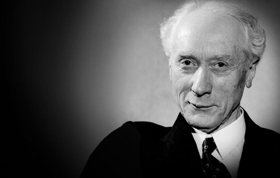Welcome to my website Alexander – Technique and Life Coaching Berlin
In addition to my 20 years of teaching the Alexander Technique, I suffered a personal stroke of fate in December 2021. After contracting the coronavirus twice during that time, my body didn’t want to function as usual and I found myself with a variety of inexplicable symptoms. I then unintentionally embarked on a deep healing journey. Although the tools of the Alexander Technique and my years of spiritual practice helped me a great deal, this path required completely new tools to follow. 
After seeing several doctors and therapists at the beginning, but these treatments did not bring any noticeable success, I set out on my own search, not realizing at the time that I was on a deep healing journey.
I was mainly dealing with chronic fatigue, physical pain and brain fog. Fortunately, I soon found out that these symptoms were all under the guise of an overstimulated nervous system. This discovery led me to become an expert in this field out of self-interest. I read a lot, attended courses and seminars on the subject of neuroplasticity, chronic symptoms and anxiety disorders, which are usually a side effect of an overstimulated nervous system.
The essential aspect is continuous practice, alignment and a great deal of patience with oneself. To be able to walk this path, you first need to know and understand why you are in this state and how to get out of it. In this case, in my opinion, you absolutely need someone who has walked this path themselves. My “tools” were primarily the work and principles of Dr. Claire Weekes. Put simply, this is about not fighting the symptoms, not running away from them, but allowing them to be there. In other words, it means doing exactly the opposite of what you habitually want to do. This is precisely where the parallels to the principles of the Alexander Technique lie – practicing “letting things happen.”
This path is not easy and, above all, is not linear. Nevertheless, complete recovery is absolutely achievable!
If you are dealing with symptoms that doctors cannot explain to you or have found nothing in examinations, if you feel constantly exhausted, anxious and even desperate and despondent, then we should get to know each other.
In any case, I offer a free 30-minute initial consultation. I also have a YouTube channel ConsciousGrowing on which I have documenting my journey and sharing tips and experiences for about a year.
In the form you can either book an Alexander Technique lesson or the initial coaching session. This can take place by phone or via Whatsapp, Telegram or Skype.

